How to Repair System Files Corrupted By Viruses
One of the key reasons Windows system files and components like DLLs and the Windows Registry get corrupted is through malware infection and viruses. This can be debilitating for your computer, causing countless errors and crashes.
Fortunately, there are some simple steps to take to remove viruses and fix the damage without data loss.
When I faced this problem on Windows 10, a two-pronged approach of tackling the viruses and securing the system first and then repairing the virus damage was the best method.
Here’s everything you need to know about how computer viruses corrupt system files on Windows 11 and 10 and how to easily fix it.
How do viruses corrupt system files on Windows 11 and 10?
Viruses can attack Windows system files in several ways.
- Malware targeting files directly by deleting them, causing system instability.
- Hijacking core DLL files to help propagate the infection while rendering the files unusable.
- Targeting the files and corrupting them, rendering them unusable.
- Corrupting Windows Registry entries, preventing Windows from locating the system files it needs.
Top methods to repair system files corrupted by a malware or virus attack
Before repairing your system, it is important to ensure the underlying infection is neutralized. Fortunately, Windows 10 and 11 have a robust built-in antivirus, but it is always wise to use reputable third-party software like Avira, Avast, Kaspersky, etc.
Run a full system scan
1. Use the start menu search bar to search threat and select the Virus & Threat Protection utility.
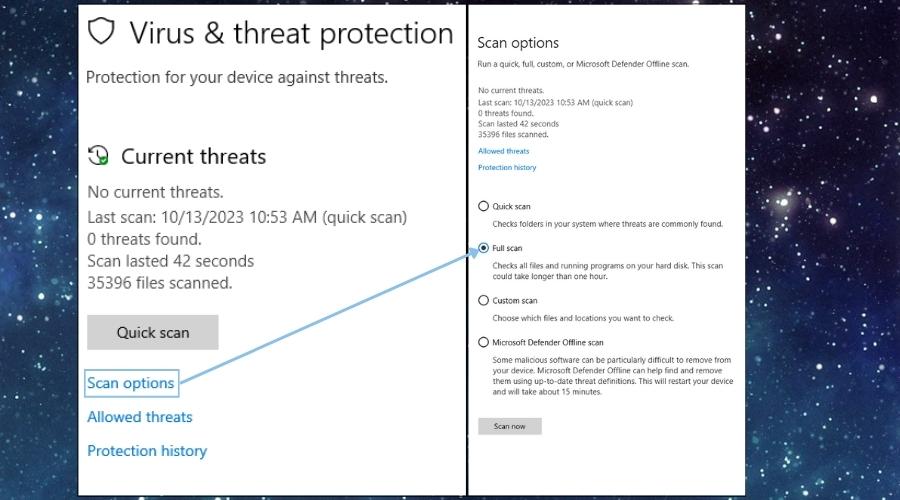
2. Click Scan Options and select a full system scan.
3. Wait for the process to complete and quarantine any viruses and other malware.
Update Windows
1. Type update in the start menu search bar and select Check for Updates.
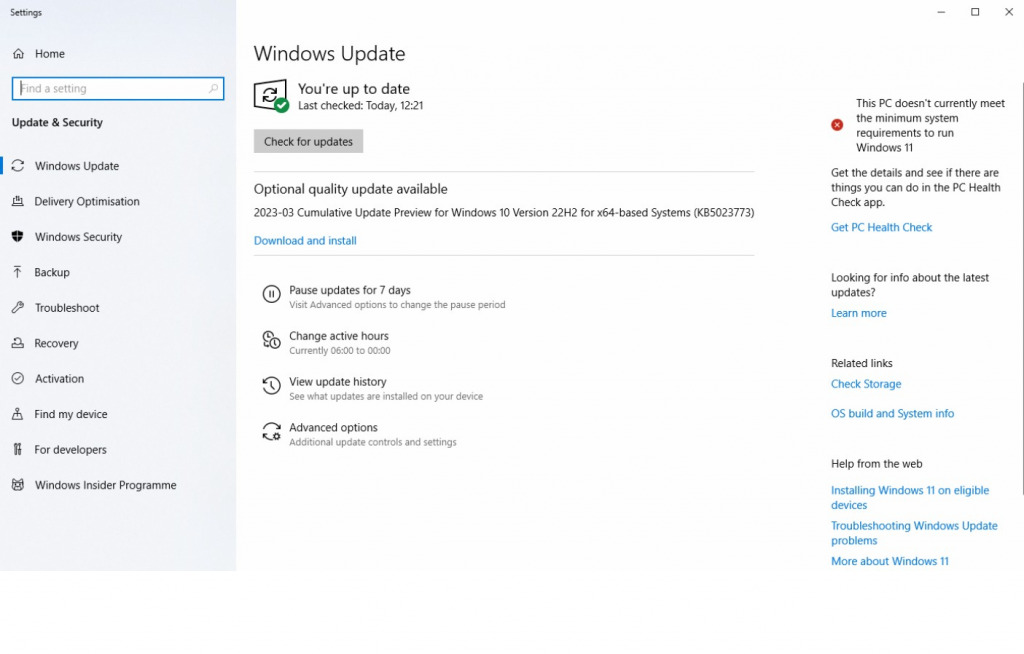
2. Run the latest update or refresh any previously failed updates.
Once you know your PC is secure and free of malware and viruses, it’s time to repair the virus damage and replace any corrupted system files. Here’s what to do:
1. Run the System File Checker
The System File Checker (SFC) finds corrupted or missing system files and replaces them with clean copies.
1. Use the start menu search barand type CMD to find the Command Prompt.
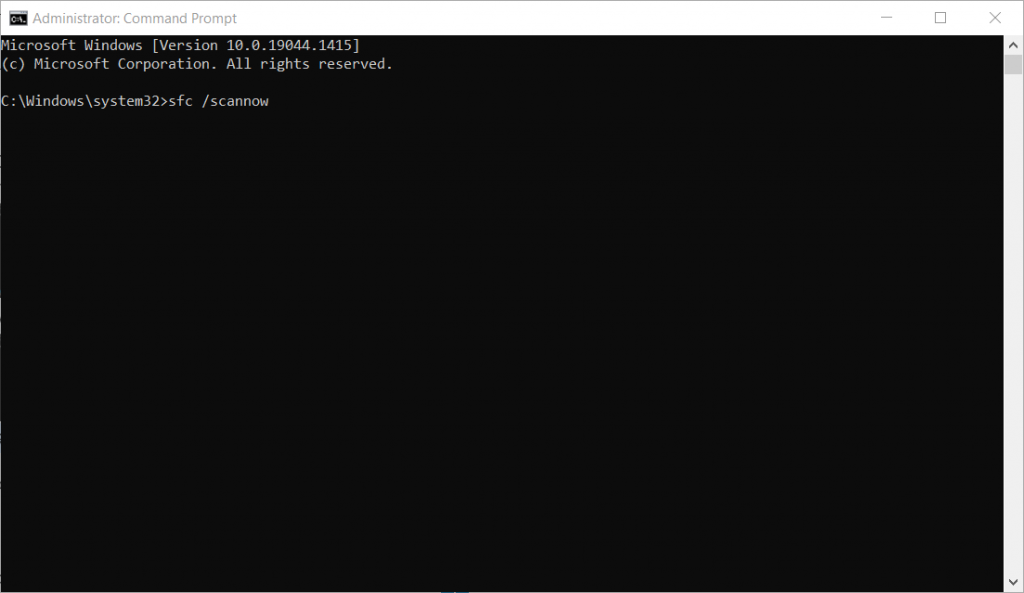
2. Open it as an administrator, then type sfc /scannow and press Enter within the Command Prompt window.
3. After scanning, it will state either: Windows found corrupt files and repaired them successfully or Windows did not find any integrity violations.
2. Run the DISM utility
DISM is similar to SFC, but repairs files based on a snapshot of a functioning Windows system.
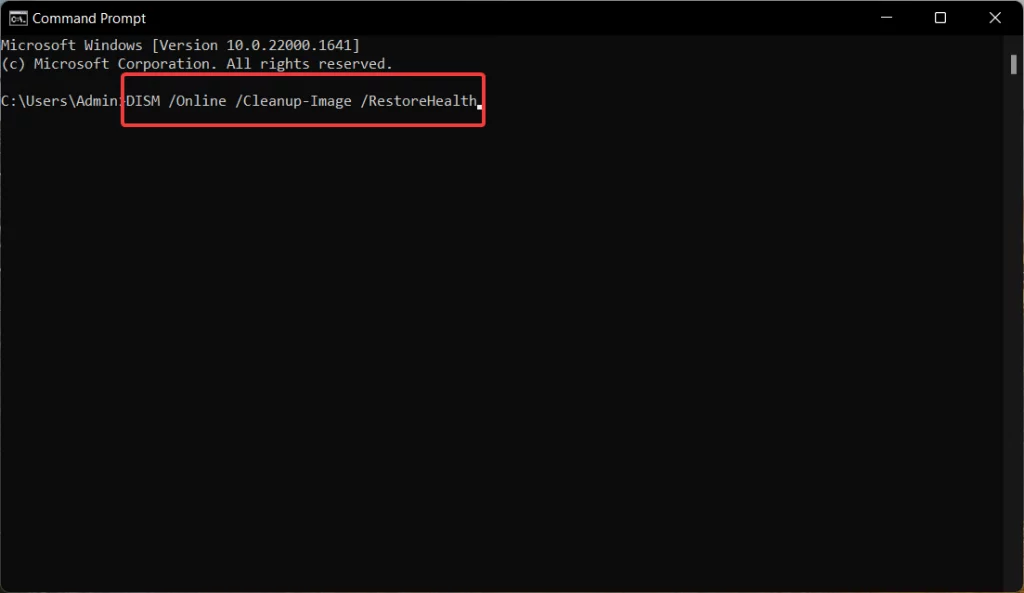
1. Go back to the Command Prompt and type DISM /Online /Cleanup-Image /Restorehealth and press Enter.
3. Wait for the process to complete, and your PC will restart.
3. Use Fortect
Fortect is a comprehensive Windows repair tool that finds some potentially dangerous programs. More importantly, it automatically scans for both corrupted system files like DLLs and fixes the Windows Registry at the same time.
1. Download and Install Fortect on your PC.
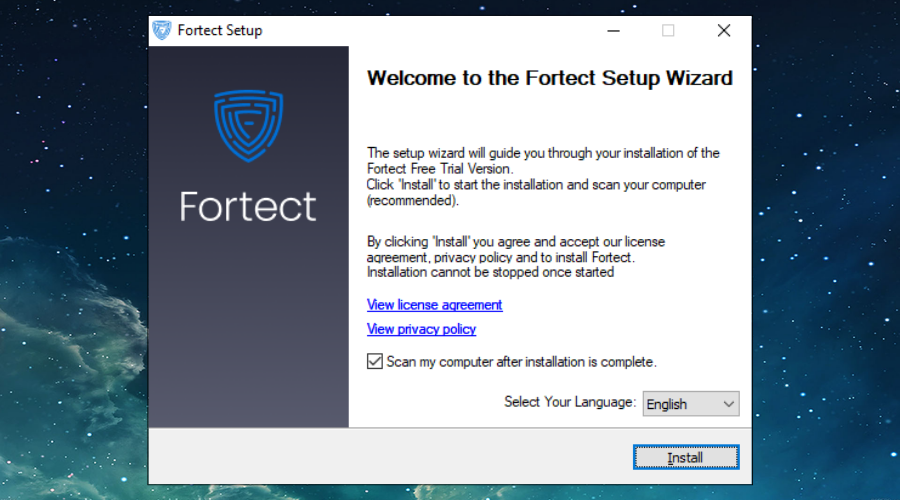
2. Launch the software and run a scan.
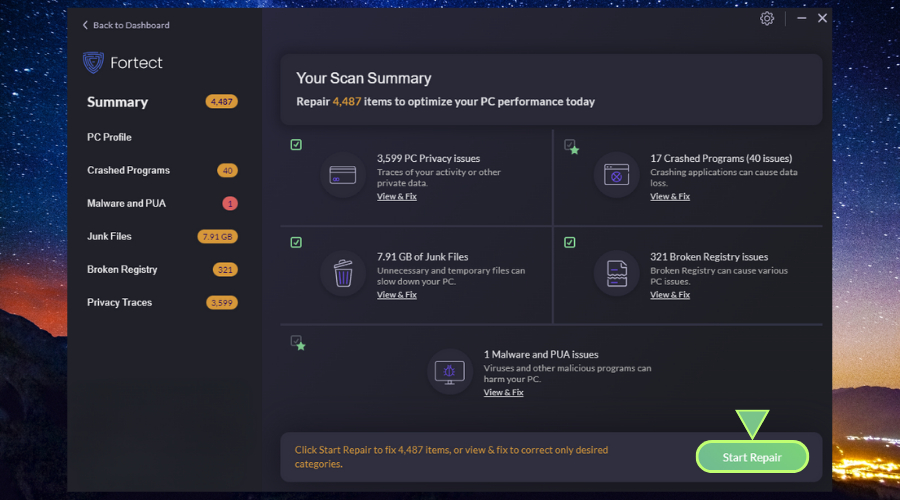
3. Once complete, Click on Start Repair, (after product activation) and it will replace system files automatically while applying other important Windows repairs and junk file removal.
Fixing most Windows problems with Fortect is as easy as clicking a button. You can either repair all issues at once or browse through areas of interest to fix things at your own pace. It eliminates the need for manual troubleshooting and reduces the risk of further system damage by manually replacing corrupted files.
4. Use a Restore Point
A restore point is a saved Windows configuration at a previous point in time. Reverting to a date before system files became corrupted can get things back to normal. However, it will also rollback any user settings you’ve changed since then.
1. Use the start menu search bar and type restore to find the Create a restore point shortcut.
2. From the Recovery window, click Open System Restore.
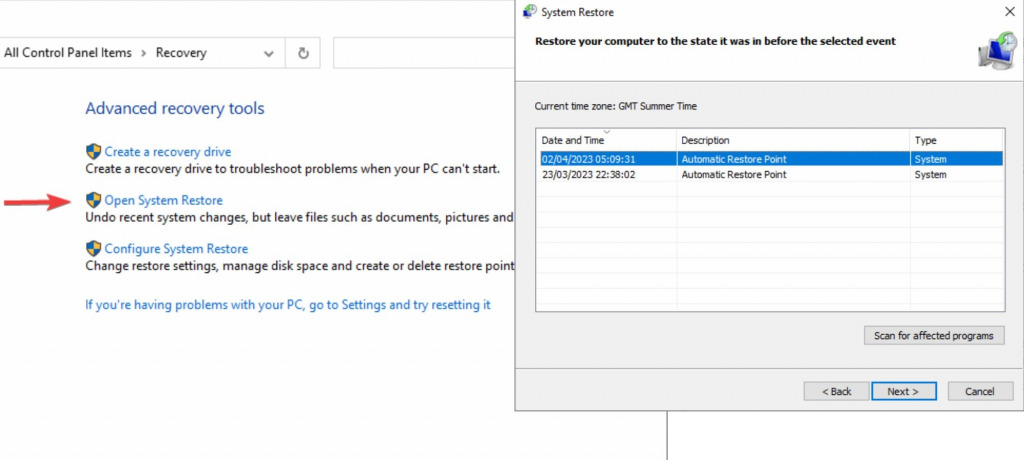
3. Choose a restore point you want to use and click Next.
4. Your computer will then restart to complete the process.
Final words on recovering from virus system file damage
There’s nothing worse than a virus-addled system, especially when it damages vital Windows system files and the registry. However, before jumping to reinstalling Windows, the above methods can quickly get your system running smoothly again.




